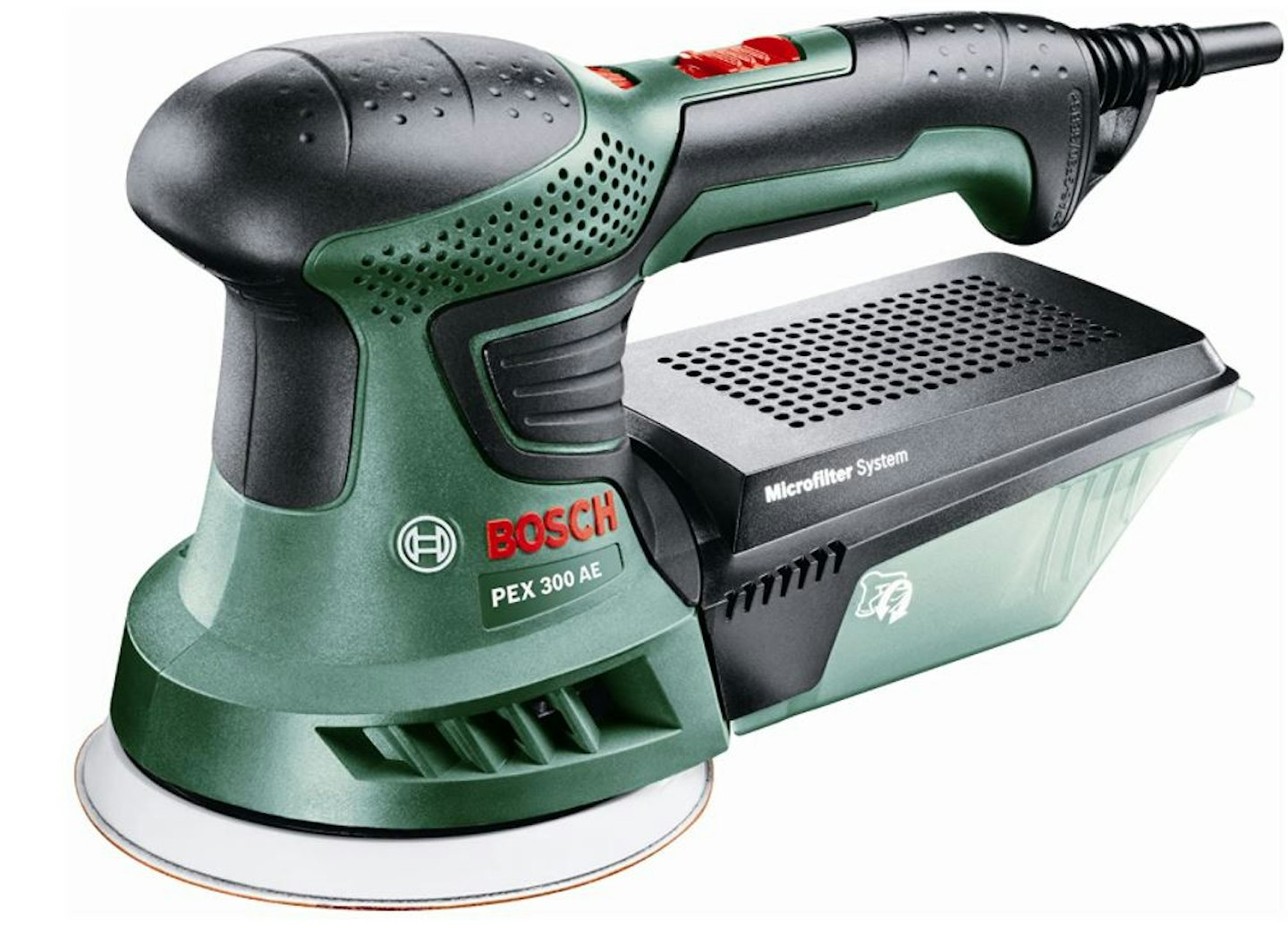In the same way that there are several different tools one can use to cut wood, there are a number of different tools that can be used as a car polishing machine.
For those of you who take your car polishing seriously, there are, of course, dedicated tools for the job. However, there are others that can be adapted to the role if and when you want to – that makes them ideal for those of us who perhaps want to save money on a versatile tool or undertake other DIY jobs beyond car polishing.
Here, we'll canter through different car polishing tools and explain each one. By the end, you should have a sound understanding of them and, therefore, be able to make an informed decision about which one suits you best.
Just before we do, don't forget about polish. One of our favourite sets is from Menzerna consisting of heavy cutting compound, medium polish, and fine finishing polish. Alternatively, if you're looking for a single product, we recommend Meguiar's Ultimate Compound. Just don't forget to add a protective wax or sealant over it afterwards.
Types of polishing tools
In terms of dedicated polishers, there are two types: dual-action and rotary polishers. A rotary polisher is the type typically used by professionals in a panel beater’s to restore bodywork and paintwork. Like an angle grinder, a rotary polisher spins at a constant set speed. They’re very effective, but in the hands of a greenhorn, they can and do often cause damage to bodywork in the form of surface burns and buffer marks. We haven't included any rotary polishers here.
Dual-action polishers are much easier for DIYers to use. Like a random orbital sander, they oscillate instead, kind of like a very fast hand polishing movement. As such, they don’t run the risk of creating so much heat between the pad and bodywork like a rotary does, which means less chance of burns. They are smaller and lighter, too, which makes them easier to handle.
Having read up on the best polishing tools, don't forget to check out our comprehensive guide to polishing pads.
Dual Action Polishers
Best for small areas and serious enthusiasts
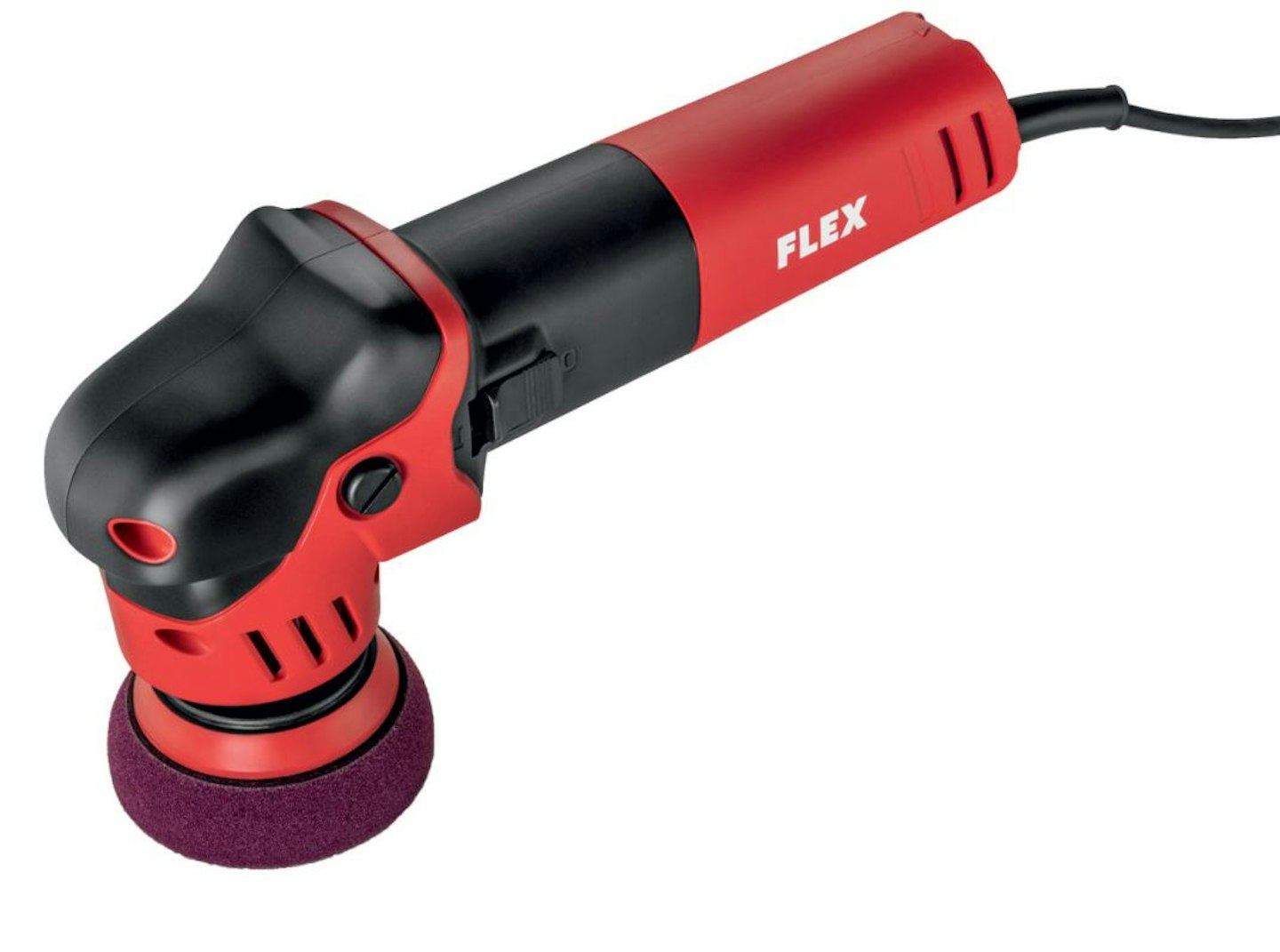
www.ffx.co.uk
The Flex is a super high-quality machine with a small 80mm pad size for polishing small areas and trickier areas of bodywork to the highest standard. It's a bit lighter than the other dedicated polishers and features little but noticeable touches including the ergonomic SoftGrip handle; a flat gear head allowing safe use in any position; and rubberised resting bar.
Pros
- Good quality
- Lightweight, easy to handle
Cons
- Small pad size
Best value dual action polisher
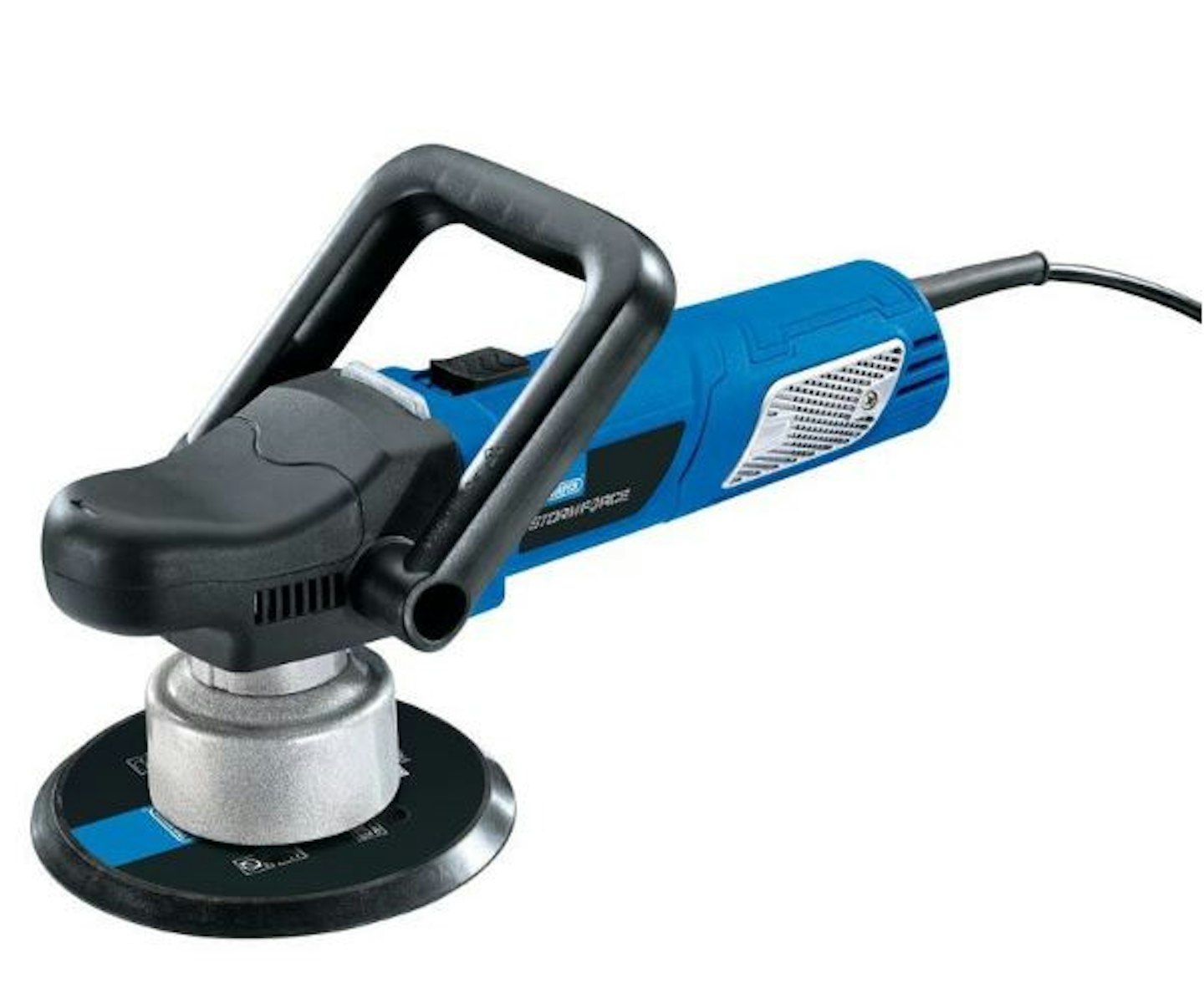
www.machinemart.co.uk
This is a powerful 900-watt oscillating polisher that is brilliant for home use. With a generous 150mm pad size, you can cover bodywork quickly, and the 2.4kg weight makes for easy handling. The D-handle is adjustable, and you get basic variable speed control. A big plus point with this model is the five-metre cable. It comes with a backing pad and storage bag.
Pros
- Good value
- Larger pad size makes quicker work of larger panels
Cons
- Basic speed control
Best polishing kit
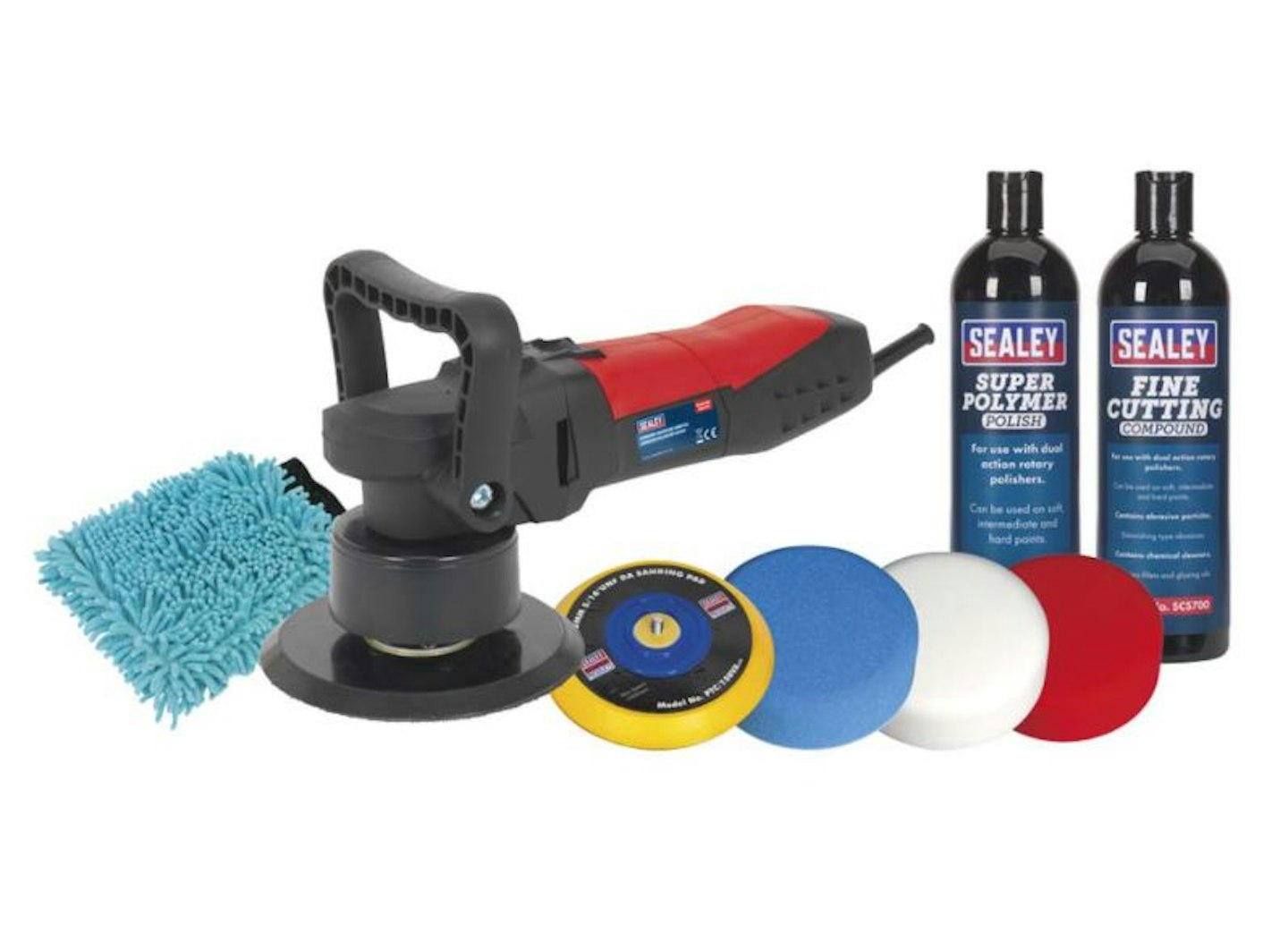
www.ffx.co.uk
For an attractive DIY price, this kit includes all you need to get you going. The Sealey dual action polisher weighs in at 2.3kg for easy handling and has a punchy 600-watt motor and 150mm pad size. The speed is adjustable between 1500 and 6800 RPM. As for the bits and pieces, you get 500ml of a fine cutting compound for dealing with minor scratches and marks; 500ml of high-gloss polish; dense, medium, and ultra soft polishing pads; the backing pad to which they attach; and a microfibre mitt for finishing.
Pros
- Full kit
- Sealey quality
Cons
- Draper is more powerful
Best for large panels
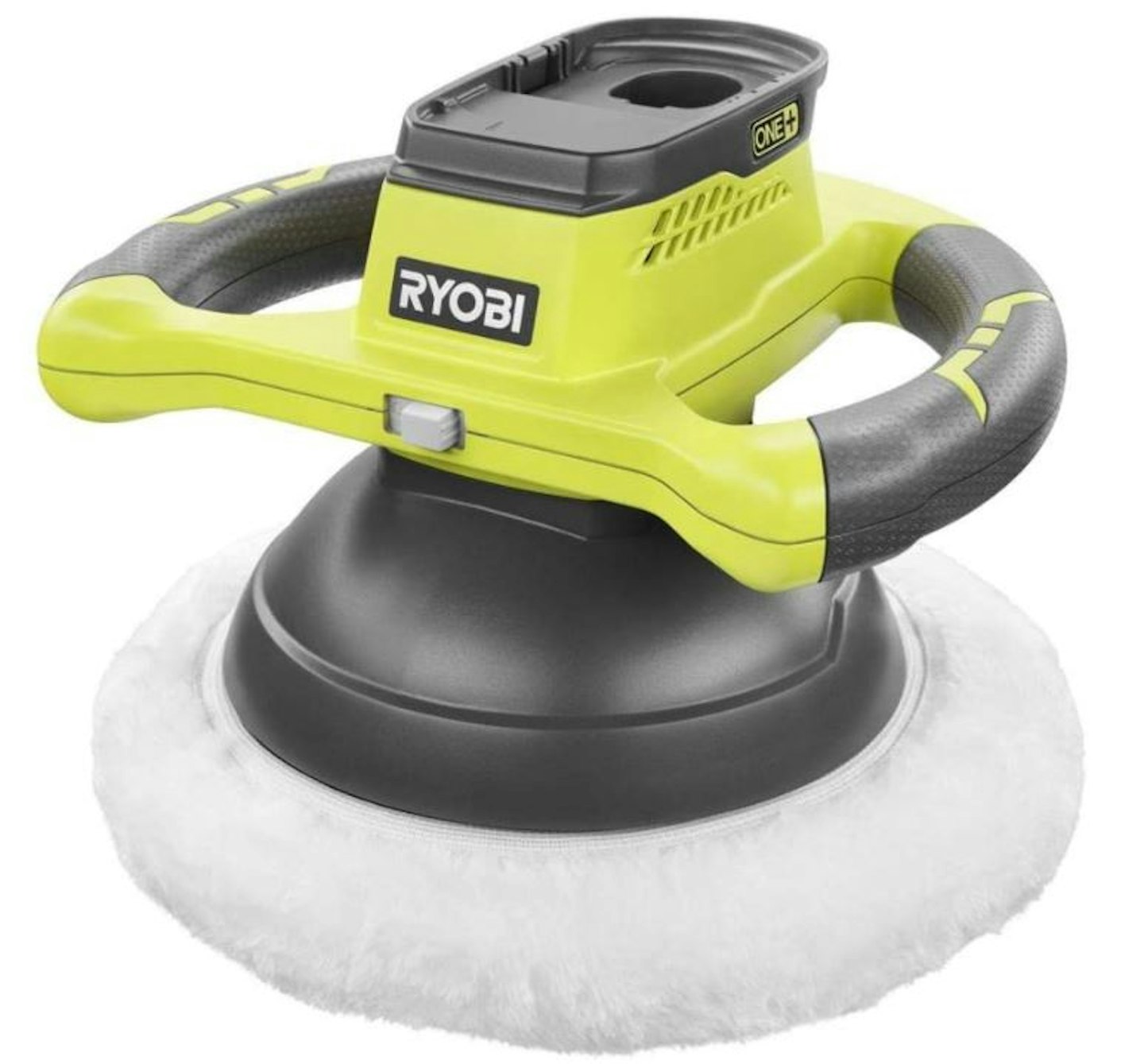
Ryobi is synonymous for offering quality DIY tools in the same way Citroen is for off-beat car design. Ryobi's 18V cordless buffer is no exception. It oscillates in a way that gives a great, user-friendly polish, and the large 254mm buffing size makes quick work of covering car bodywork. The price shown is for the tool only, you will need to buy the ONE+ batteries and charger if you don't have them already. The two-handed design gives you great control, and at 2.4kg, it's easy to hold.
Pros
- User-friendly
- Cordless
- Large pad good for big body panels
Cons
- Not good for intricate areas
Best versatile tool
If you're into DIY projects beyond polishing the car, you've got to consider a random orbital sander. It's the most versatile of all the sanders and can turn its hand to polishing in a heartbeat with a polishing pad. Bosch Green tools are some of the best DIY and home-use tools you can get, and its PEX 300 AE sander sits at the top of the pile. At 1.5kg, it's much lighter than the dedicated polishers, yet its 125mm disc size and highly variable speed makes it an ideal polishing machine. It's a great price, too - particularly for renowned Bosch quality.
Pros
- Highly versatile
- Lightweight
Cons
- Smaller pad size
What you need to know about polishing tools
Why use a car polishing tool?
Like angle grinders or planers, polishing tools can seem a bit daunting to those of us who are unfamiliar with them. But with careful use, you'll learn to be comfortable with these surprisingly easy-to-use tools and as a consequence, they are a faster, easier alternative to polishing your entire car by hand.
That’s all there is to it.
Tips for using polishing tools
Clean and dry the car’s paint thoroughly beforehand.
Practice your technique on an inconspicuous test area first.
Add a small amount of polish to the pad and add some polish to the area of paint to be polished.
Switch the machine on to its slow setting at first, then hold the pad gently against the paint and spread the polish around a bit.
You can then increase the speed.
Don’t rush! In order to get an even gloss and shine on the paintwork, the pressure and speed need to be consistent.
Progressing in small areas at a time helps you remember what you’ve covered.
Buff each section until a haze forms. Sometimes this requires more than one go.
Turn off the machine before pulling the polisher away from the paintwork.
Remove the haze with a microfibre cloth.
Chris Williams is a Senior Product Writer for CAR, also working for Live For The Outdoors. An expert in camping and muscle cars, he spends most of his time up a mountain or laying rubber.

